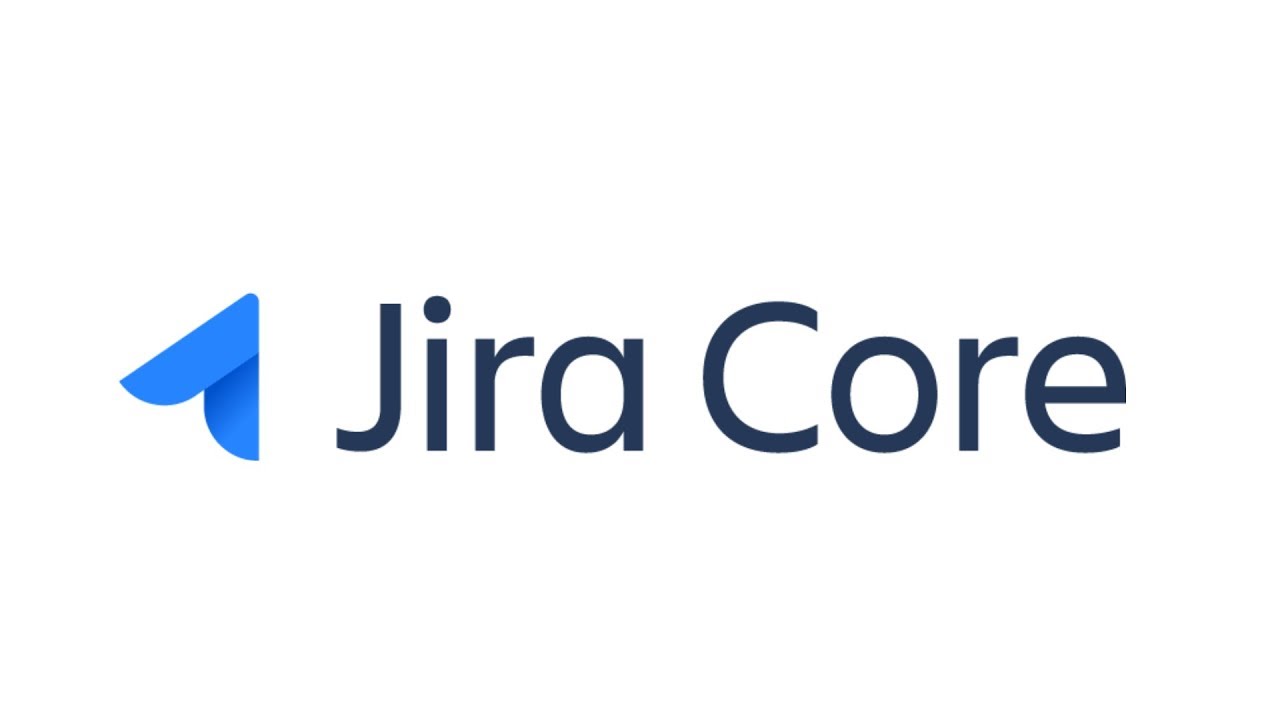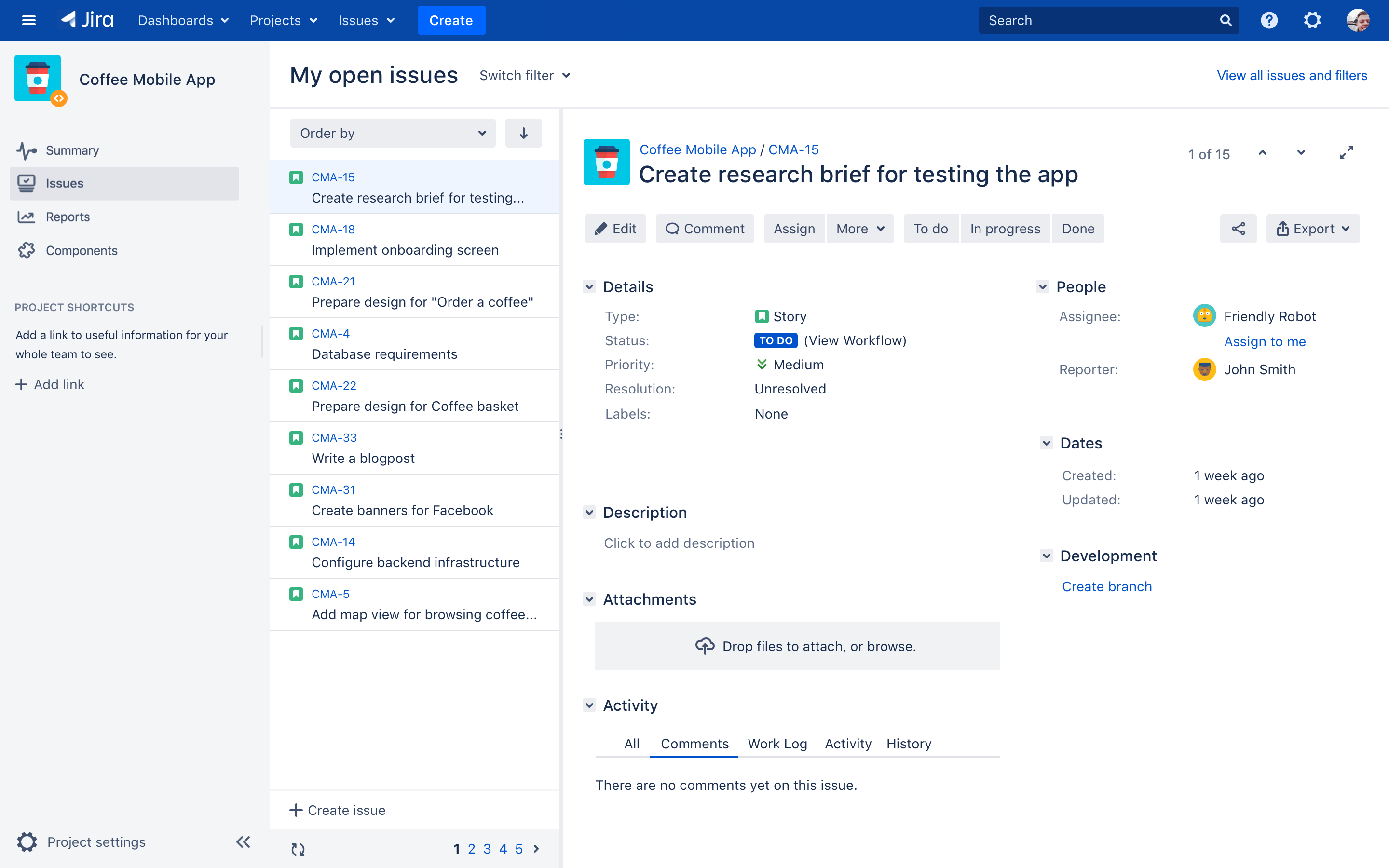
Within JIRA core, you can access the projects and workflows of which you are a part, which should appear directly on your dashboard.
As an end user, it is from this point through which you handle the different tasks that make up a project, which you can find within your workflow.
By clicking on any of the tasks that are within the workflow, you can view all the relevant information there. You should see something like this:
As a user within the project, you can access other modules apart from this, such as the Backlog module. To access this, just go to the left side of your screen, where all the JIRA controls are located. It should look like this:
Once you click on "Backlog" you can enter this function. Here you can see all the tasks that have not been assigned to a sprint yet. Any user with access to the Backlog can see them

As a user, you can decide to do tasks that are in the Backlog, as long as you are already within a specific sprint.
Also, as a user, JIRA allows you to include those tasks in your sprint as long as you want to do them. By doing so, the scope of the sprint will be modified, and JIRA will automatically warn you of the changes you are about to make.
What is the Backlog and how to use it
A backlog is basically a list of tasks to be done that will be included in your current project that is being carried out. Basically, through the function of Backlog you can keep a list of task management that you want to do in the future.

How to install the backlog
Once you have installed JIRA software, you will have to go to your project, clicking on the sidebar of your screen and selecting "Projects". Once there, be sure to click on your current project in which you are working.
There, you will have to select "Project Configuration" and later "Functionalities", in this way:
In this specific part you can configure everything related to your project, however, we will focus directly on the Backlog.
Once here, select the Backlog option, so that it is activated and working on your project. A) Yes:
Access the backlog
Once you have successfully installed the backlog, it is time to access it. You can do it once you have entered your project. You enter your dashboard, click on "Projects", select the desired project and something like this will appear:
By clicking on "Backlog" you can see all the incidents or tasks that are previously assigned to any board or project, and in the lower part those that are not in any project will appear.
If there is no task in the Backlog yet, you can add them by clicking on "Create incidents"

Once you have created the incidents, they will appear immediately in the backlog, although they will not be assigned to anyone until you, or any other user involved in the project decides to take that task as part of your sprint.
Keep in mind that backlogs can become part of a project, and be considered tasks (This is handled directly from the backlog, dragging the tasks towards the project itself) and in turn, the incidents of a project can become part of an epic.
Epics are much larger and heavier jobs that are usually carried out over a long period of time.

